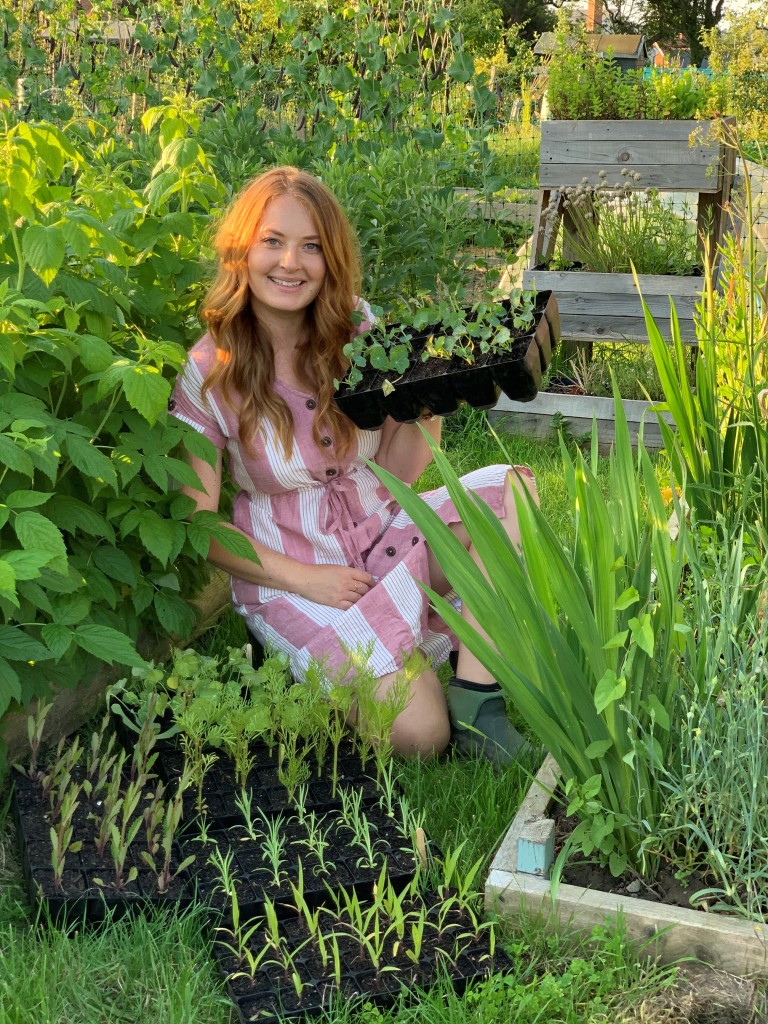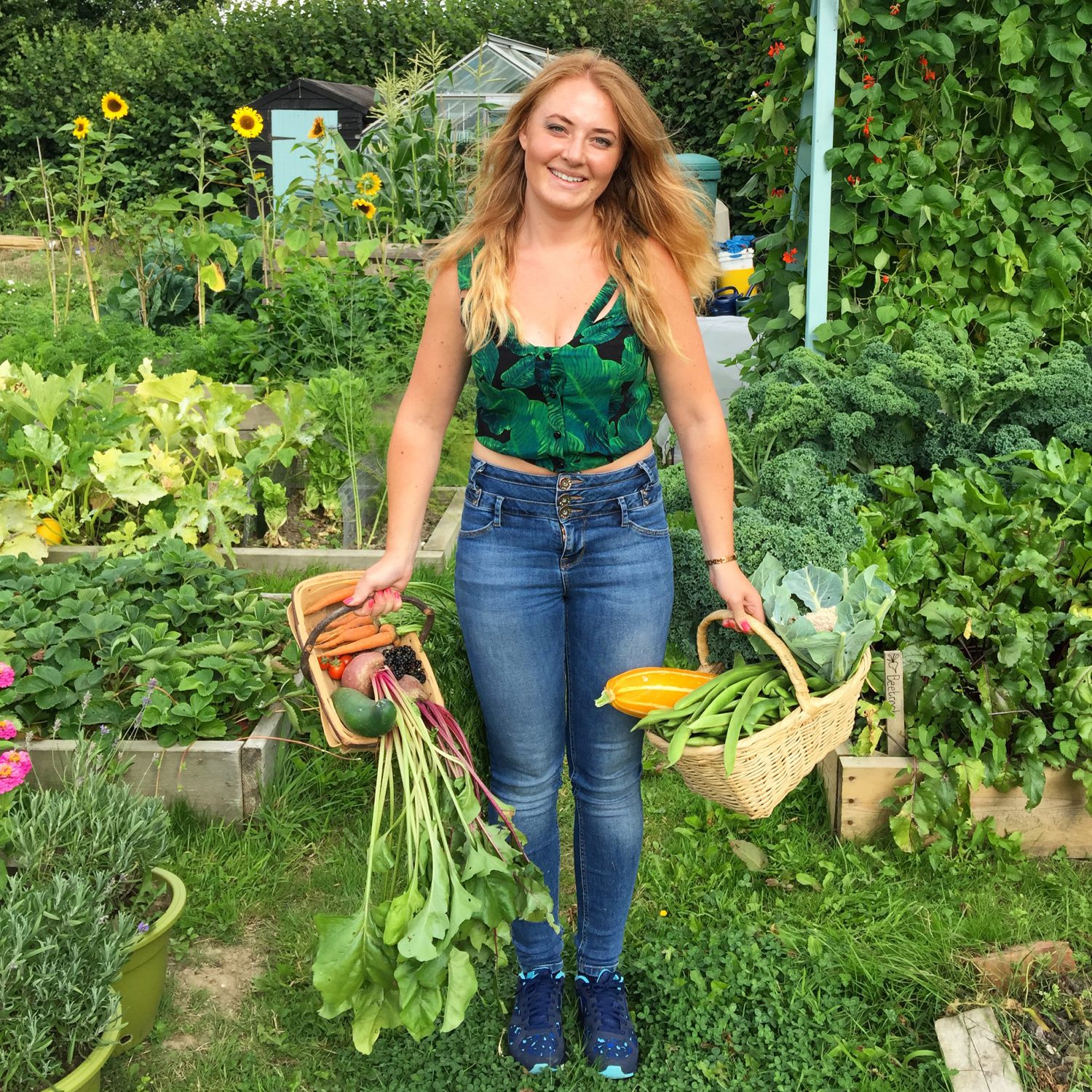When we got engaged back in 2019, I decided I wanted to literally grow our own wedding, the flowers, decorations, wedding breakfast, every detail, even the confetti. Some would call it madness; I saw it as a labour of love and a commitment to our future. Creating a truly unique day that was made with our bare hands is exactly how I pictured it and whilst everything didn’t go to plan, a lot of memories were made. It was perfect for us.

While I am no expert when it comes to growing flowers, vegetables are definitely more my forte, I want to share some key lessons I learnt and give you the confidence to grow your own as it is one hundred percent achievable. But believe me when I say it is a lot of hard work, however you can tailor your growing process to be as in depth as you like.
Growing anything is incredibly rewarding so you can scale it up or down depending on time commitments. You could keep it simple and grow your favourite flower for your florist to add to their supplies. Or you could decide to grow and arrange an element of the wedding like your bouquet or the button holes, leaving your florist to take care of the other elements. Whilst growing the flowers and foliage is one thing, be prepared to arrange them all too. I didn’t look into the option of having a florist arrange my flowers, however I can imagine it would be a grey area that florists may not want to commit to. Do what suits you, your budget and your timescale.

Here are some overall tips I learnt along the way:
1 – Be open minded with your colour scheme. Whilst swooning over images online and carefully curating the perfect colour scheme is a great idea. Know that the varieties you buy may be a slightly different shade to what you were expecting. If you’re growing in the one season, you may not realise this until weeks before your wedding when its too late. I will always recommend white varieties to fill an arrangement with only a few core colours.
2 – Have a back up plan. While you can plan to hundredth degree, something can, and in my experience will always go wrong. For our wedding I grew a beautifully scented rose called Desdemona. In the years before the wedding it had always flowered in September, even David Austin advised it would flower in September. Yet the summer of 21 threw every type of weather in quick concession. The plants didn’t know if they were coming or going and the rose flowered in August, two weeks too early. My back up plan was an online wholesalers however I was always prepared to run down to my local supermarket the night before the wedding if the worst should happen.
3 – Don’t fight mother nature. One of the first decisions we made when planning our wedding was the date. And guess what, the date was based on when the flowers I wanted would be in bloom. It might be an unusual approach but it was a priority for us. We are so used to seeing bouquets in supermarkets and florists offering beautiful combinations of flowers that are imported in to the UK. When growing your own flowers, you have to grow with nature. If your dreaming of growing Peonies for your August wedding, think again. While you may be able to delay flowers for a few weeks, be realistic in what is achievable.
4 – Flowers are just one element of your bouquets and floral displays. The main bulk comes from foliage which typically makes up two thirds of an arrangement. All though your eyes are drawn to the beautiful flowers, the foliage ties everything together and provides textural depth. Most foliage takes time to grow which is where you may want to call on family and friends and see what they have growing in their gardens. From my garden I used Rosemary, Pittosporum, Salix ‘Flamingo’ and Bay. Thanks to covid postponing our wedding I even had a generous amount of Eucalyptus that I had grown from seed. Grasses are equally useful like Pampas, Bunny Tails and Panicum Elegans ‘Frosted Explosion’.
5 – Grow as much as you can. Growing your own flowers can be very unpredictable. Some plants might fail due to pests, weather or disease. Some may flourish and provide you with most of the flowers you require. It’s hard to predict so the best thing you can do is grow as many as you can within the space you have whilst following plant spacing. If growing by seed, successional sowing is key and covers all bases if a plant flowers earlier or later than expected.

I feel like I could write a book on this topic, so I will be condensing everything into a series of blogs. These are the topics I will cover:
Part 2 – Planning, what flowers to choose and how they will be arranged.
Part 3 – Growing your flowers, successional sowing and getting the best out of your plants.
Part 4 – Timing for perfect blooms, when to cut, condition and arrange.
